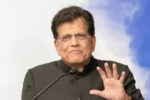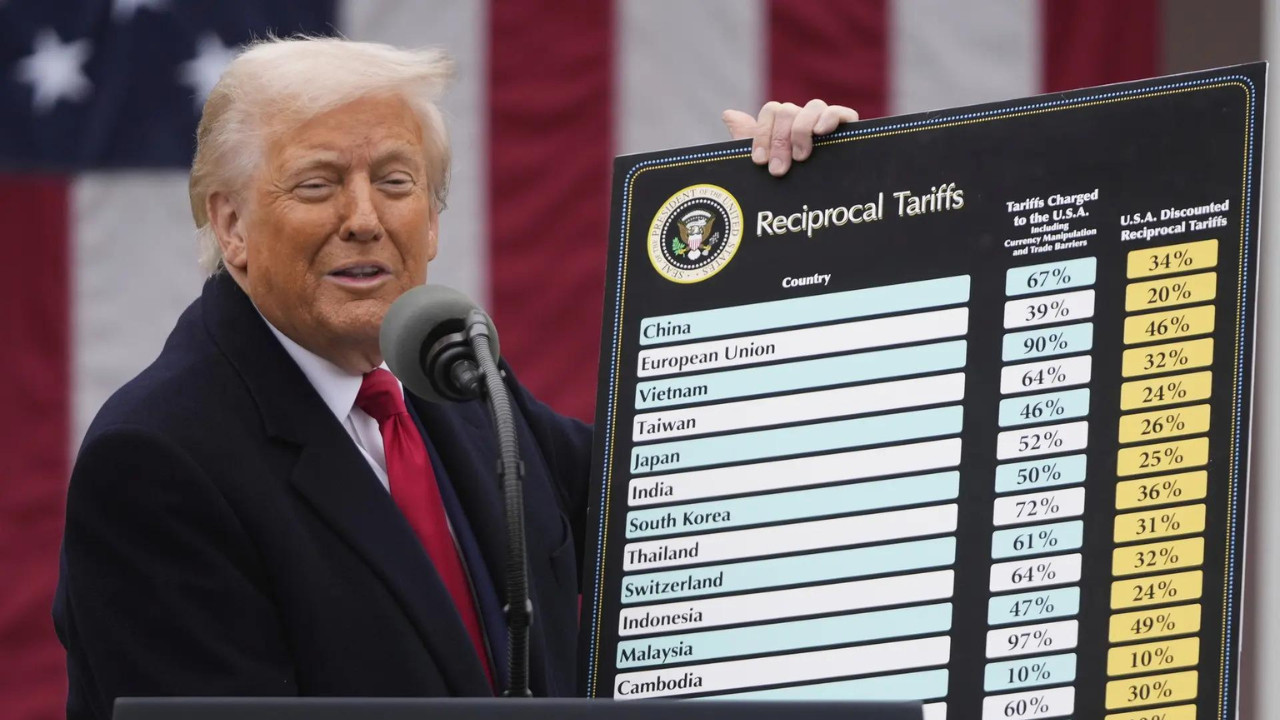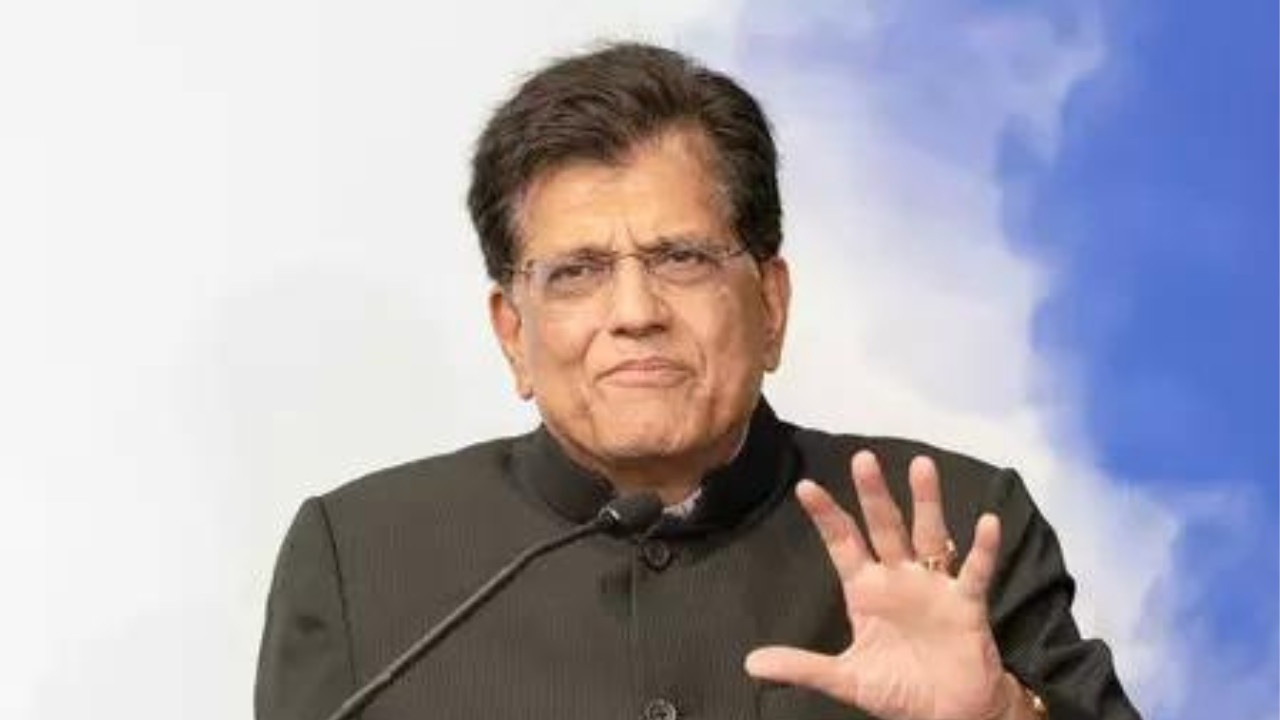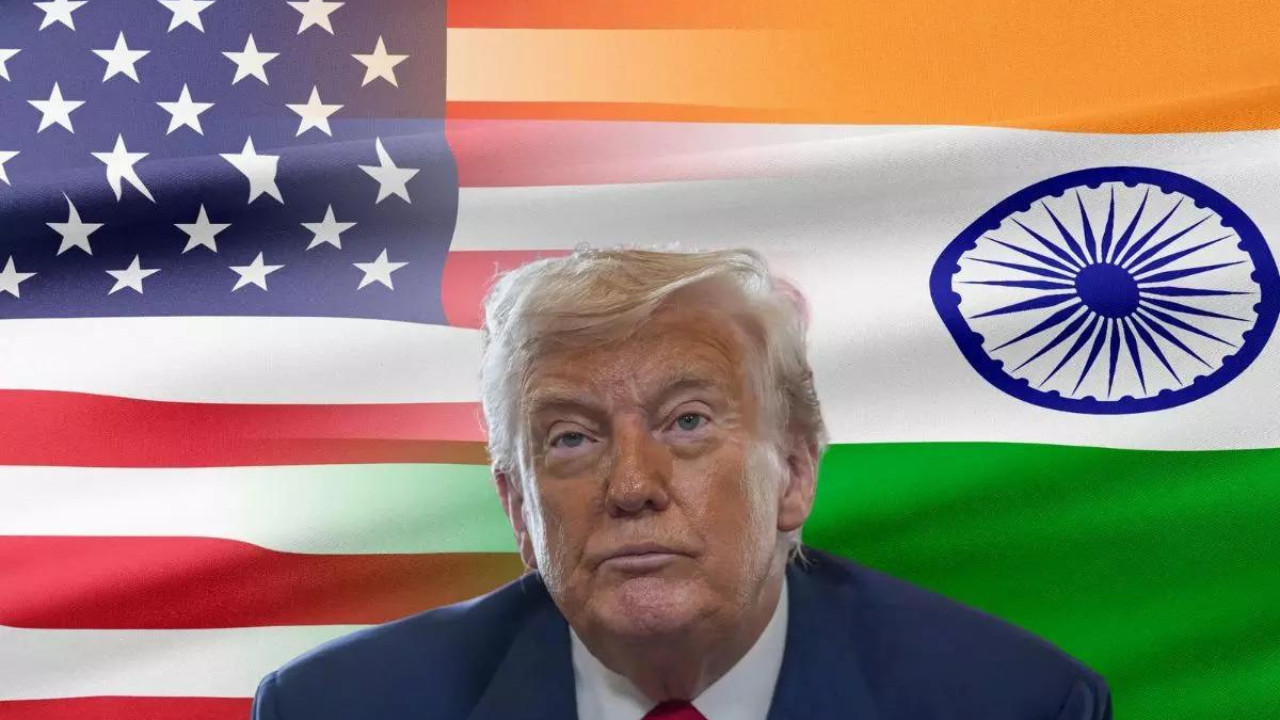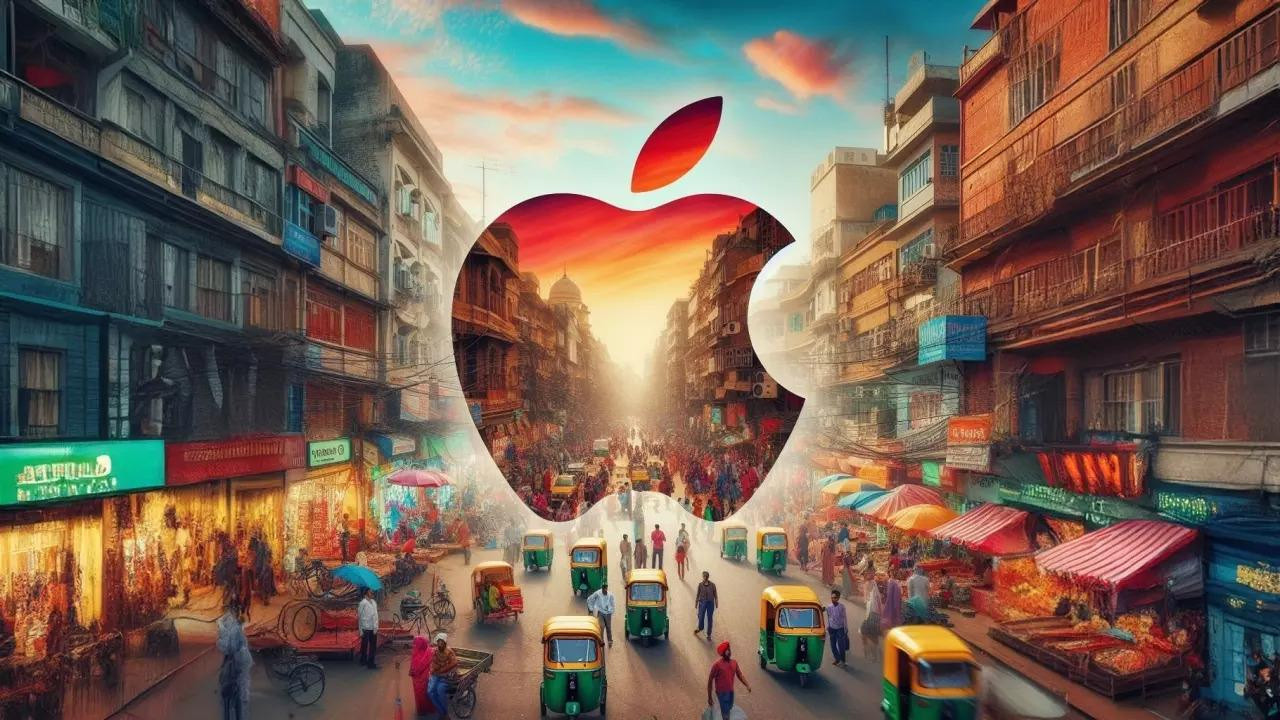India is implementing a four-pronged strategy for Free Trade Agreements, prioritizing developed economies like the US and EU, mineral-rich nations such as Australia and Chile, developing countries, and neighboring countries. Negotiations are underway with several countries, and the commerce department is strengthening its negotiating teams to ensure better utilization of preferential tariffs by exporters.
India’s Global Trade Game: Playing Four Sides at Once
Okay, let’s talk trade. It’s easy to glaze over when the conversation turns to trade agreements, tariffs, and export incentives. But honestly? It’s the lifeblood of a nation’s economy, and India is playing a fascinating game on the global stage right now. Forget sitting on the sidelines; India’s gearing up for a serious trade offensive.
The buzz in the economic corridors is that India is pursuing a multi-pronged strategy – think of it like a four-way chess match. Instead of focusing solely on one massive, potentially slow-moving deal (think the Trans-Pacific Partnership days), they’re hedging their bets and going after several agreements simultaneously. This isn’t just about more deals; it’s about diversifying risk and maximizing opportunities in a volatile global landscape.
So, what are these four fronts in India’s grand trade strategy? Let’s break it down:
1. The Existing Powerhouses: Deepening Ties with Developed Economies
First up, we have the established players – the US and the EU. Think of these as the old-school, high-value markets. India already has a solid, if sometimes complex, relationship with both. The goal here isn’t just to maintain the status quo; it’s to drastically deepen trade ties.
With the US, we’re likely looking at initiatives that foster collaboration in tech, innovation, and manufacturing. The emphasis is on creating a more seamless flow of goods and services, reducing friction, and perhaps even streamlining regulations to encourage American investment in India. It’s all about leveraging India’s burgeoning tech sector and its rapidly expanding manufacturing base to attract US capital and expertise.
The EU is a different beast altogether, with a multitude of countries and interests to navigate. But the potential rewards are huge. A comprehensive trade agreement with the EU could unlock access to a massive consumer market and provide a significant boost to Indian exports. We’re talking about textiles, pharmaceuticals, engineering goods – all areas where India has a competitive edge. Expect a lot of behind-the-scenes negotiations, compromises, and delicate balancing acts to make this happen.
2. The Emerging Titans: Strengthening Bonds with BRICS and Beyond
Then there’s the BRICS bloc (Brazil, Russia, India, China, and South Africa) and other emerging economies. This is where things get really interesting. These are high-growth markets with huge potential, and India is actively working to solidify its position as a key economic partner.
Think about Africa, for example. A continent brimming with resources and a rapidly expanding consumer base. India has been steadily building relationships with African nations for years, offering development assistance, technology transfer, and preferential trade terms. The focus is on creating a win-win scenario where India gains access to raw materials and African nations benefit from Indian expertise and investment.
With BRICS, the narrative is a bit more complex, given the current geopolitical climate. However, the economic potential of intra-BRICS trade remains significant. The challenge will be navigating political complexities while focusing on areas of mutual economic benefit, such as infrastructure development, renewable energy, and digital technologies.
3. The Strategic Geopolitics: Focusing on Regional Pacts
This is where trade becomes deeply intertwined with foreign policy. India is actively pursuing regional trade agreements, particularly with countries in Southeast Asia and the Indian Ocean region. This isn’t just about economics; it’s about building strategic alliances and ensuring regional stability.
Think about the Regional Comprehensive Economic Partnership (RCEP), which India ultimately decided to opt out of. While the decision was controversial, it highlighted India’s concerns about potential unfair competition and its commitment to protecting domestic industries. However, the door isn’t completely closed, and India may eventually consider re-engaging with RCEP on more favorable terms.
Instead, India is focusing on bilateral agreements with individual countries in the region, tailoring the terms to suit its specific needs and priorities. This allows for greater flexibility and control, ensuring that these trade agreements genuinely benefit the Indian economy.
4. The Digital Frontier: E-commerce and the Future of Trade
Finally, there’s the digital realm. E-commerce is rapidly transforming the global trade landscape, and India is keen to position itself as a major player. This means developing a robust digital infrastructure, streamlining regulations for cross-border e-commerce, and promoting digital literacy among businesses and consumers.
The focus here is on enabling Indian businesses, particularly small and medium-sized enterprises (SMEs), to access global markets through online platforms. This requires addressing challenges such as data security, privacy concerns, and digital trade barriers. However, the potential rewards are enormous, with the possibility of unlocking a whole new wave of economic growth and job creation.
The Takeaway: A Smart, Strategic Approach?
This multi-pronged approach to trade reflects a growing confidence and maturity in India’s economic diplomacy. Instead of relying on a single grand strategy, India is demonstrating its ability to adapt to a rapidly changing world, pursue multiple opportunities simultaneously, and prioritize its national interests. This isn’t just about trade; it’s about securing India’s place as a global economic powerhouse in the 21st century. Will it all work perfectly? Unlikely. Trade deals are messy, complex, and often fraught with unforeseen challenges. But the ambition, the strategic thinking, and the sheer energy being poured into this effort are undeniably impressive. And that, in itself, is worth watching.


